Chapter 2: The Data Access Nightmare
If you’ve ever built an AI startup, you know that getting the algorithm to work is the easy part. The hard part? Getting enough real-world data to make it useful.
HEALTHCAREDIAGNOSTICSAI
Santhosh Kumar E
2/3/20252 min read
(Or, The Moment We Realized AI Needs Data, and Data Doesn’t Like to be Shared)
If you’ve ever built an AI startup, you know that getting the algorithm to work is the easy part. The hard part? Getting enough real-world data to make it useful.
We had spent months building Spinacare, perfecting our AI-powered blood vessel segmentation tool for CT angiograms. It worked in a lab setting, but for AI to be truly effective, it needs thousands (or millions) of real patient scans to train on.
This is where things got… complicated.
The Validation Phase – Talking to the Experts
Before we even realized how bad the data access issue was, we did what every responsible startup does: We validated our idea with experts.
We reached out to radiologists, cardiologists, and industry professionals to gather insights, test our prototype, and understand the real-world market need.
Key Experts & Mentors Who Helped Us Validate Spinacare
🩺 Dr. Sumanth Raman – Founder, Algorithm Health Pvt Ltd, Healthcare Industry Expert
🎓 Devesh Varma – Head, OLA Foundation, Mentor at T-Hub Rubrix Program
📜 RICH Org – Helped us understand the legal and regulatory compliance around medical data
🏥 Anna Medical College & Hospital, Chennai – Conducted prototype validation with their radiographers
📊 Startup TN & TANSEED Panel – Provided market feedback and emphasized the need for deeper engagement with cardiologists
What We Learned from This Process
🔹 Radiologists loved the idea, but they warned us: AI works only if it has clean, high-quality training data.
🔹 Hospitals were excited, but they weren’t comfortable sharing patient data due to strict privacy laws.
🔹 Cardiologists confirmed a market need, but they also told us real-time coronary angiograms are preferred over CT angiograms in many cases.
At this point, we had a functional AI prototype, strong market validation, and expert backing. The only thing left was to train our AI on real hospital data.
This is where we hit a wall.
The Problem: AI Needs Data, but Healthcare Data is Off-Limits
For AI models to be truly effective, they need large datasets—not just a few hundred images, but thousands, even millions of scans.
But in healthcare, data is locked down tighter than a government vault.
Why We Couldn’t Get the Data
🚧 Privacy Laws & Regulations – Hospitals can’t just hand over patient data due to confidentiality laws.
🚧 Hospital Bureaucracy – Even if doctors wanted to help, hospital administrations had strict policies against sharing patient records.
🚧 DEKA (Data Empowerment and Protection Architecture) – This government initiative made patient data sharing extremely difficult without explicit consent.
🚧 Medical Data Licensing Costs – The few places that did sell medical datasets charged outrageous prices that were impossible for an early-stage startup to afford.
We reached out to hospitals, medical institutions, and diagnostic centers, but everyone refused to share their patient data.
At this point, we had spent months trying to acquire data. The longer we waited, the further we fell behind.
The Hard Truth We Had to Accept
❌ No data = No AI model improvements
❌ No AI model improvements = No product scalability
❌ No product scalability = A dead startup
We had no choice but to rethink our approach.
TANSEED – The Funding We Didn’t Get, But the Insights We Did
In July, we applied for TANSEED (Tamil Nadu Seed Fund), hoping to get funding to help with data acquisition.
🎯 What Happened?
We didn’t secure funding, but we received valuable feedback from the panel.
The panel emphasized engaging directly with cardiologists to refine our approach.
Through Startup TN, we connected with hospitals that could help with clinical validation.
At this point, we had a decision to make:
1️⃣ Keep waiting for a miracle in data access (which could take years).
2️⃣ Pivot to a more scalable healthcare opportunity.
We chose the second option. It was time to pivot.
Coming Next: Chapter 3 – Entering Health Information Management (HIMS)
(Where we realize hospitals don’t just have a data-sharing problem—they have a data management crisis.)



